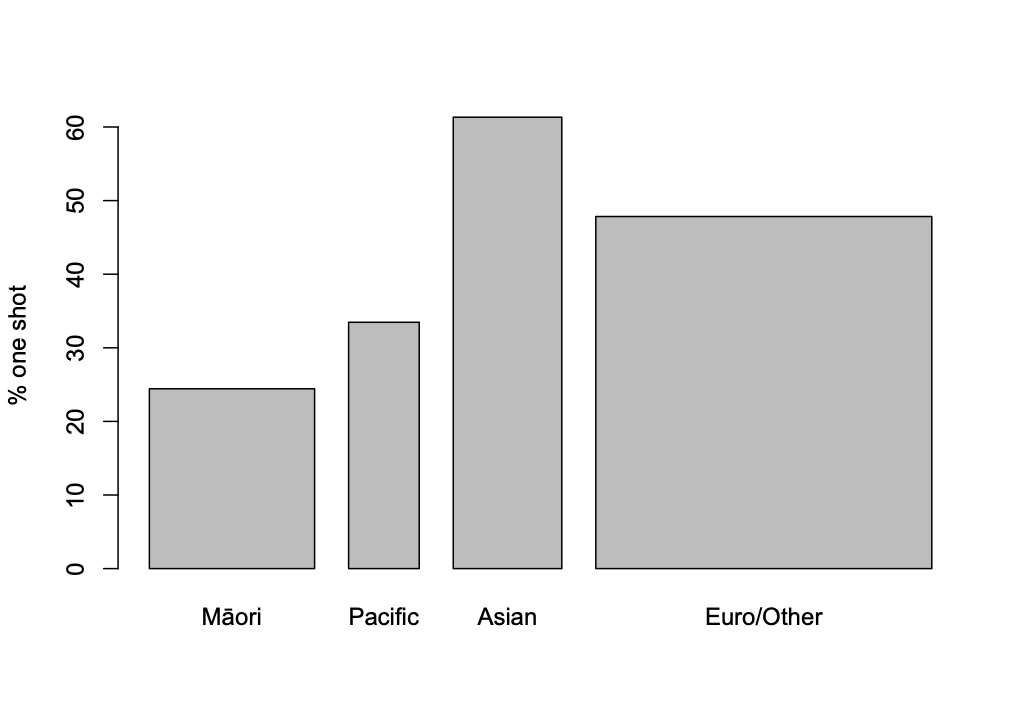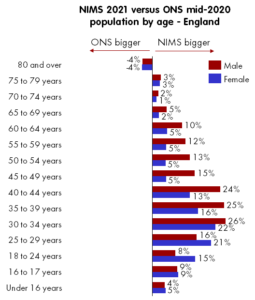February 10, 2022
Briefly
- Good discussion of the overinterpretation of opinion polls from Mediawatch. Hayden Donnell jokingly says “That is, of course, except for Mediawatch, which is the only truly objective outlet in town” — but like StatsChat, Mediawatch has the luxury of not commenting on stories where we don’t have anything to say.
- In contrast to well-conducted opinion polls, Twitter polls are completely valueless as a way of collecting and summarising popular opinion. This means that while they’re fine for entertainment (yay @nickbakernz) and collecting reckons from your friends, it’s probably not a good idea to rage-retweet batshit political polls. Let them get 37:0 in favour of banning arithmetic or whatever, rather than 37:1000 against.
- A summary of where the various non-profit Covid vaccines have got to, from Hilda Bastian
- One of the repeated themes of this blog is that you need to measure the right things if you’re going to base decisions on them. The “Drug Harm Index” may not qualify here because it’s not clear decisions are made based on it, but it’s still worth looking at whether it measures harm the right way. As Russell Brown points out, the index would say “that cannabis is New Zealand’s most harmful drug – accounting for $626 million in “community harm” every year. Would you be surprised if I told you more than a third of that was lost GST?”
- According to the MoH vaccination data, the vaccine roll-out for kids is going well on average, with 43% having had their first shot, but the differences by ethnicity are about the same as they were for adults. At the start of the Delta outbreak in August (according to Hannah Martin at Stuff) just over 40% of Aucklanders had had a first dose, 33% of Pacific people and 28% of Māori. That’s almost creepily close to the current situation with 5-11 year olds across the country now — the percentage for Māori being slightly lower this time. Equity being a priority doesn’t seem to have had much impact.

- Interesting post from Pew Research on writing survey questions: in particular, ‘agree:disagree’ questions give you more ‘agree’ results than forced choice “pineapple or pepperoni” questions on the same issues.
- In New Zealand there are some issues with denominators for vaccination rates — the population that’s used undercounts minority groups. This seems to be much worse in the UK: from Paul Mainwood on Twitter

Thomas Lumley (@tslumley) is Professor of Biostatistics at the University of Auckland. His research interests include semiparametric models, survey sampling, statistical computing, foundations of statistics, and whatever methodological problems his medical collaborators come up with. He also blogs at Biased and Inefficient See all posts by Thomas Lumley »
NZ Herald , yes again, in their data journalism feature 90% Project on vaccine numbers gives
Asian population vaccination figures as 105%. [not quite have a number on it but a bar graph]
And the’y mocked the data modellers who came up with 50,000 infections by Waitangi day’ ( another invented but in the headline number)
3 years ago